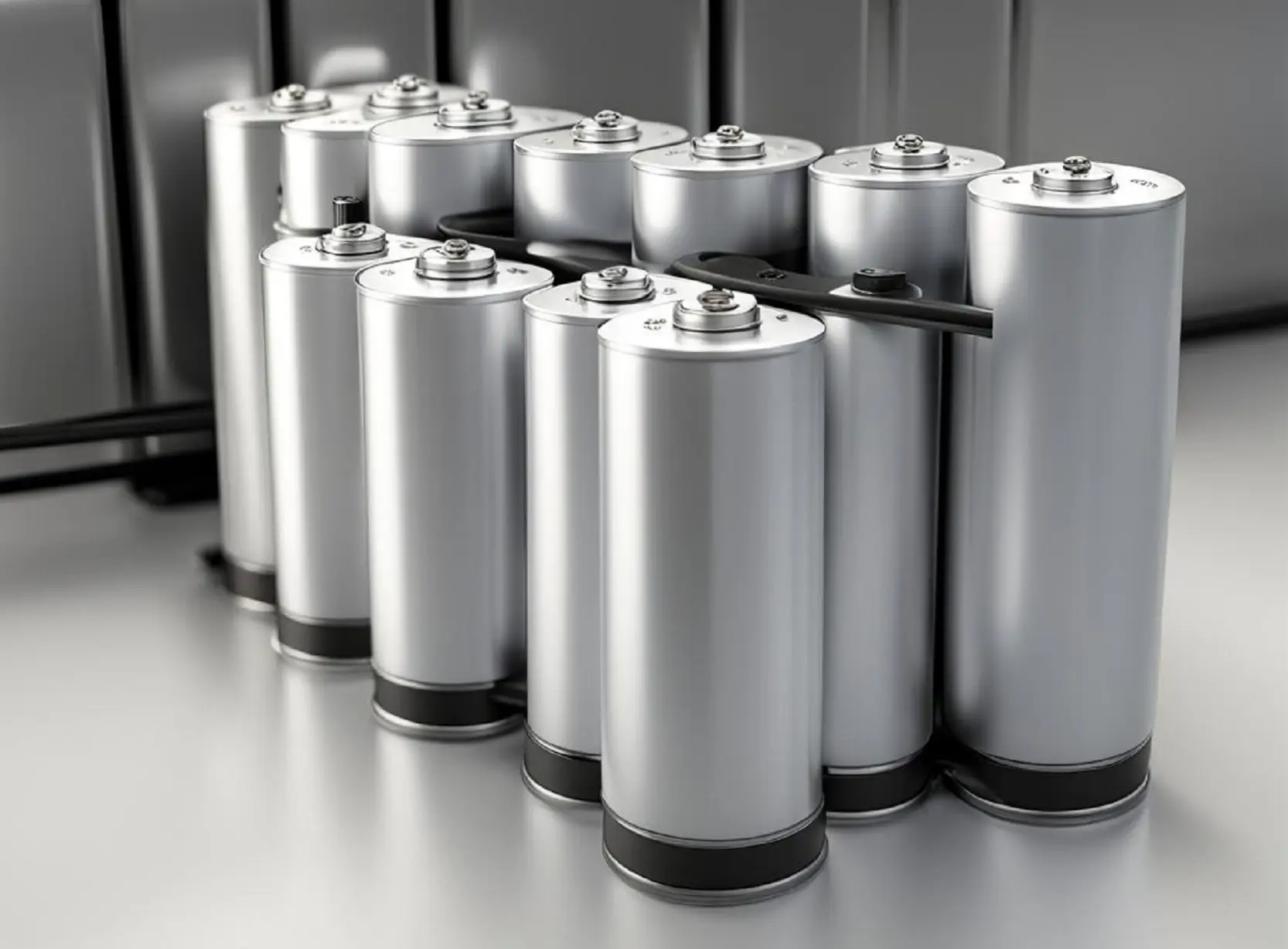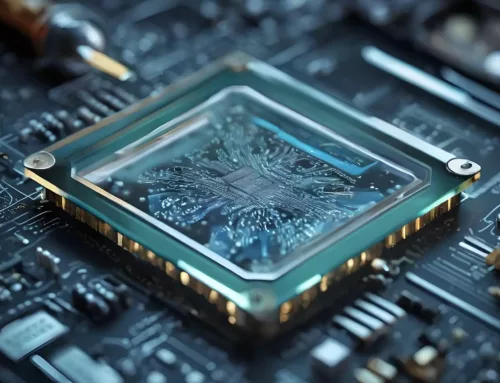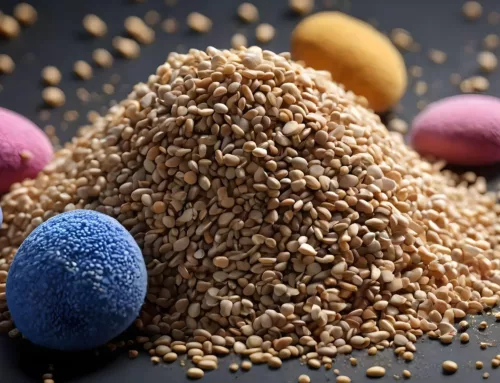
Over two centuries, the evolution of battery technology has been an upward trajectory of innovation and convenience, revolutionizing the way we capture and store electrical energy. From Alessandro Volta’s groundbreaking Voltaic Pile in 1800 to Carl Gassner’s user-friendly dry cell batteries in 1887, the battery landscape has continuously expanded the horizons of possibility. Among these milestones, the emergence of nickel-hydrogen batteries in the 1970s marked a pivotal juncture in energy storage, particularly within the aerospace domain. However, despite their unique attributes, nickel-hydrogen batteries have been overshadowed by more prevalent technologies like lithium-ion, which have become the cornerstone of consumer electronics, electric vehicles, and portable devices due to their heightened energy density and superior performance.
A Linear Odyssey
Tracing the lineage from early consumer battery concepts to the forefront of contemporary technology, we dive into the saga of battery progression and its encounters with the challenge of bridging the energy output gap with conventional fossil fuels. Currently, batteries lag behind fossil fuels in energy density and power output, hindering their application in large-scale energy generation and long-distance transportation. In a world awakening to the ecological repercussions of unchecked energy consumption, the relentless pursuit of enhanced power, efficiency, and sustainability propels ongoing battery research. This voyage through time and against it continues to steer the course of battery technology, as we strive for more power and more efficient solutions to energize our future technological needs.
Nickel-Hydrogen (Ni-H2)
In the world of energy storage, spanning chemical, mechanical, thermal, electromagnetic, and hydrogen-based energies, batteries have emerged as vital avatars, powering a diverse array of applications. While lithium-ion and lead-acid batteries dominate the current consumer market, the world of hydrogen battery technology presents the potential for specialized industrial use. Nickel-hydrogen batteries, in particular, offer an intriguing characteristic – the ability to adapt to pressure fluctuations. As the battery charges, internal pressure rises due to hydrogen gas generation. To mitigate this, a pressure relief mechanism is integrated into the battery’s design, preventing over-pressurization. This attribute positions nickel-hydrogen batteries as suitable for space missions characterized by vacuum conditions and varying atmospheric pressures, but less so for consumer goods, because a pressure release valve on your phone or wireless earbuds would not be characterized as being efficient and safe.
NiH2 battery orchestra
The chemistry and operational intricacies of Nickel-Hydrogen (NiH2) batteries harness distinct chemical reactions to yield steady electrical energy while preserving storage capacity. At its core, the NiH2 battery creates a chemical interplay between nickel and hydrogen, channeling their interaction to amass and release electrical energy. During the charging phase, hydrogen gas permeates the anode, primarily composed of nickel-based material, metamorphosing it into nickel hydride. Discharging engenders the inverse process, liberating stored energy as electricity. This reversible conversion between nickel hydride and nickel serves as the battery’s energy repository, enabling efficient cycling between the charging and discharging phases. The incorporation of a solid metal hydride electrode distinguishes NiH2 batteries from others, empowering them to withstand deep discharges without electrode deterioration. This attribute, coupled with their extended lifecycle, positions nickel-hydrogen batteries as the chosen contenders across specialized applications, from space exploration to renewable energy networks.
Applications and Performance Benchmark
As previously discussed, Ni-H2 batteries find their way within the aerospace sector, playing a critical role in satellites and spacecraft operations. Their unwavering reliability shines through, in stable power delivery during long enduring space missions. This resilience is invaluable for maintaining operations across extended durations in the harshness of space, such as extreme temperature variations and radiation exposure. Notably, the exceptional adaptability of Ni-H2 batteries to these formidable environments sets them apart from other battery technologies. This inherent robustness solidifies their position as the preferred choice for enduring extended space missions, vital in the multi-billion dollar space industry.
From a performance perspective, Ni-H2 batteries boast a remarkable energy density, denoting their capacity to store substantial energy relative to their mass. This attribute defines a clear edge over conventional lead-acid batteries, optimizing energy storage efficiency per unit weight. Nevertheless, in comparison to lithium-ion batteries renowned for their elevated energy density, Ni-H2 batteries exhibit a slight lag in both energy density and specific energy. Despite this, their unwavering performance and resilience in demanding aerospace environments continue to establish them as sought-after assets, capable of enduring thousands of charge and discharge cycles before experiencing notable capacity loss.
Consumer Integration and Economic Considerations
Regardless of their commendable traits, Ni-H2 batteries have yet to carve a broad niche within the consumer market. Multiple factors contribute to this limited adoption. Manufacturing Ni-H2 batteries proves relatively costly compared to the production of lithium-ion and lead-acid counterparts, rendering them less cost-effective for consumer electronics and electric vehicles. While Ni-H2 batteries boast a general safety profile, their intricate design mandates more robust safety measures, amplifying their overall complexity and expense. While competitive in energy density compared to lead-acid batteries, Ni-H2 batteries yield the impressive energy density of lithium-ion alternatives, which now reign supreme in consumer electronics and electric vehicles.
Future Prospects for Nickel-Hydrogen
In the domain of aerospace applications, Ni-H2 batteries have indisputably established their presence and reign, thriving in harsh environments owing to their resilience and dependability. Nevertheless, their integration into consumer products pales in comparison to other battery technologies. Lithium-ion batteries, characterized by high energy density, lightweight design, and suitability for portable devices, reign supreme in these realms. The relentless refinement of lithium-ion batteries for consumer applications solidifies their continued market dominance.
While Ni-H2 batteries boast merits like prolonged cycle life and resilience in extreme conditions, their prospects for widespread consumer adoption aren’t realistic, facing challenges stemming from energy density, weight, and size constraints. Ni-H2 batteries may for now only prevail in their specialized niches.




